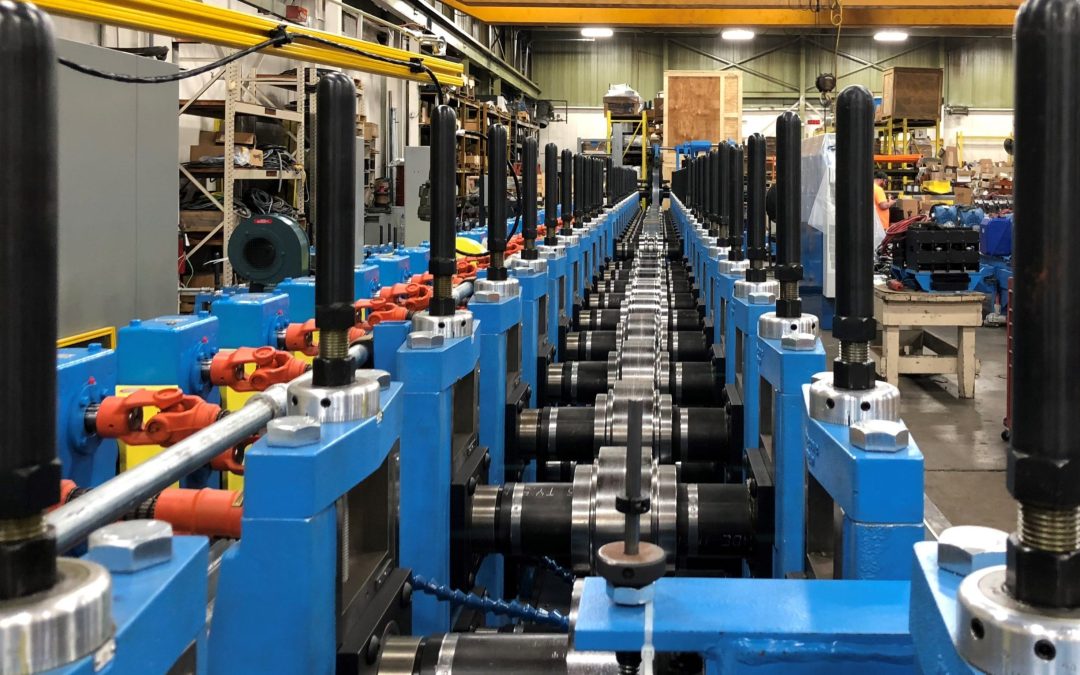In the fast-paced world of metal manufacturing and fabrication, achieving precision and consistency is an ongoing challenge, especially when working with roll forming equipment and tube mills. These systems, critical to shaping and forming metal components, must constantly be adjusted during setup and operation to maintain performance and ensure quality. From material inconsistencies to tool degradation and complex design requirements, a variety of factors contribute to the need for continuous fine-tuning. Understanding the root causes behind these frequent adjustments is essential for improving efficiency, reducing downtime, and maintaining high production standards.
Factors that Contribute to Constant Equipment Setup Adjustments
1. Material Variability: Metal materials can have slight variations in thickness, hardness, and other properties, even within the same batch. These variations can affect the forming process, leading to the need for adjustments to achieve the desired quality and accuracy in the final product.
2. Tool Wear and Tear: Roll forming equipment and tube mills utilize various tools and dies to shape the metal. Over time, these tools can wear out or degrade, affecting the consistency of the forming process. Regular adjustments are necessary to compensate for this wear and maintain product quality.
3. Complexity of Shapes: Roll forming equipment and tube mills are often used to produce complex shapes and profiles. Achieving precise dimensions and geometries for these shapes can be challenging, requiring continuous fine-tuning of the equipment setup during operation.
4. Temperature and Environmental Factors: Changes in temperature and environmental conditions can also impact the metal forming process. For example, fluctuations in ambient temperature can cause thermal expansion or contraction of the metal, affecting its behavior during forming. Adjustments may be needed to account for these environmental factors and maintain process stability.
5. Operator Skill and Experience: The skill and experience of the equipment operators play a crucial role in achieving optimal setup and operation. Even with standardized procedures, operators may need to make adjustments based on their judgment and experience to address specific challenges or optimize performance.
6. Product Variation: Metal manufacturers often produce a wide range of products with different specifications and requirements. Each product may necessitate unique setup adjustments to meet quality standards and customer expectations.
Constant setup adjustments in metal forming equipment are driven by a range of factors including material variability, tool wear, complex geometries, environmental conditions, operator expertise, and diverse product requirements. Each of these elements can impact the precision and quality of the final product, making ongoing calibration and monitoring a necessity. By recognizing and addressing these challenges, manufacturers can better optimize their processes, extend equipment lifespan, and deliver consistent, high-quality results across a variety of applications.



